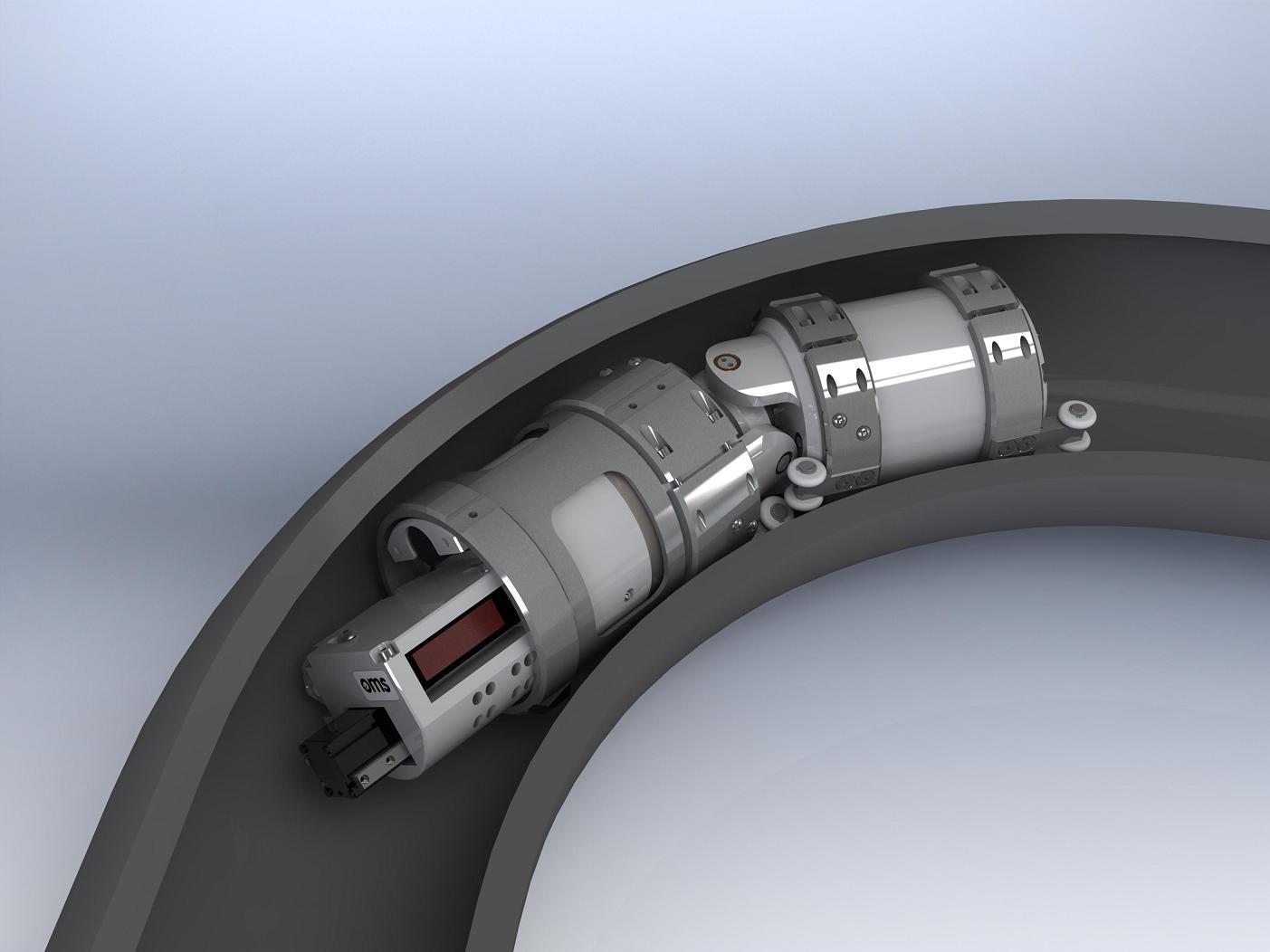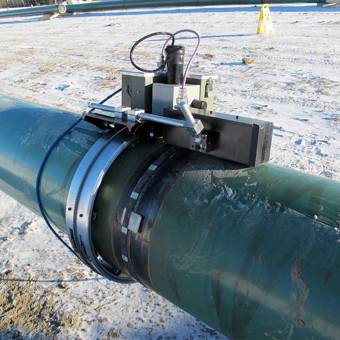Experience Excellence: Premier Pipeline Welding Inspection Solutions You Can Count On
Comprehensive Overview of Pipeline Welding Evaluation Procedures
In the realm of pipeline construction, making sure the stability and safety of bonded joints is vital. Pipe welding evaluation treatments play a crucial function in guaranteeing that bonded links meet strict market criteria and specifications. From thorough pre-welding assessments to comprehensive post-weld analyses, a distinct inspection procedure is essential for keeping the structural soundness of pipes. Recognizing the details of welding evaluation treatments is not just a regulatory need however additionally a basic facet of supporting the reliability of these important facilities.
Pre-welding Inspection Preparations
Before beginning the welding procedure, detailed pre-welding evaluation prep work are necessary to make certain the stability and top quality of the weld joint. These prep work entail a precise exam of the products to be bonded, the welding devices, and the work setting. By conducting thorough pre-welding evaluation prep work, possible issues can be determined and solved early on, leading to trusted and high-quality weld joints.
Welding Treatment Credentials
Comprehensive pre-welding examination preparations lay the foundation for the important procedure of Welding Procedure Qualification, guaranteeing the honesty and quality of the weld joint. Welding Treatment Credentials (WPQ) is an important action in the welding process that involves testing and certifying welding treatments to ensure they meet certain requirements and demands. The WPQ procedure typically consists of welding treatment specification development, welding treatment credentials screening, and documents of the outcomes.
During welding procedure specification advancement, essential details such as the welding process, welding materials, joint style, and welding criteria are defined to create a detailed procedure. Subsequently, welding procedure certification testing is carried out to verify the proposed treatment's honesty. This screening usually includes welding test vouchers that go through numerous mechanical and non-destructive tests to examine the weld's quality and adherence to the specified standards.
In-process Weld Examination
During the welding procedure, in-process weld inspection plays a critical function in making certain the quality and integrity of the weld joint - Pipeline Welding Inspection. This sort of evaluation includes keeping track of the welding parameters, analyzing the weld bead formation, and detecting any potential issues or discontinuities as they take place. By conducting in-process weld inspections, welding drivers can promptly attend to any issues that may emerge, consequently making certain and preventing further problems that the last weld fulfills the called for specifications
Usual approaches used for in-process weld inspection include aesthetic examination, liquid penetrant screening, magnetic bit testing, ultrasonic screening, and radiographic screening. Generally, in-process weld evaluation is crucial for preserving the high quality and integrity of welded pipes.
Non-destructive Testing (NDT)
Non-destructive Screening (NDT) is a critical technique utilized in pipe welding assessment to evaluate the honesty of weld joints without triggering damages to the bonded framework. By making use of different NDT strategies, inspectors recommended you read can evaluate the high quality of welds and determine any type of problems or suspensions that might compromise the structural sturdiness of the pipeline. Common NDT methods utilized in pipe welding examination consist of Radiographic Screening (RT), Ultrasonic Testing (UT), Magnetic Particle Evaluating (MPT), Liquid Penetrant Testing (LPT), and Visual Testing (VT)
RT includes using X-rays or gamma rays to create photos of the interior framework of the weld, enabling assessors to discover defects such as porosity, cracks, or insufficient fusion. UT utilizes high-frequency find more information sound waves to find problems underneath the surface area of the weld, using comprehensive information regarding the size and location of defects. MPT and LPT are used to identify surface-breaking issues by applying magnetic fragments or penetrant liquids to the weld location. Additionally, VT includes aesthetic examination of welds to determine any type of visible imperfections.
Post-weld Examination and Documents


Documents of post-weld assessment searchings for is crucial for preserving quality assurance documents and ensuring conformity with industry criteria and policies. Detailed reports need to include details concerning the examination approaches used, the area and nature of any Full Article flaws discovered, and any corrective actions taken - Pipeline Welding Inspection. Correct documentation not only serves as a record of the weld's high quality yet also aids in future maintenance and examination processes
Verdict

In final thought, pipeline welding assessment treatments play an essential role in guaranteeing the high quality and stability of welds. Generally, adherence to proper assessment procedures is crucial to the success of pipe welding jobs.
From careful pre-welding assessments to comprehensive post-weld analyses, a distinct examination procedure is vital for maintaining the structural strength of pipelines. By carrying out in-process weld examinations, welding operators can quickly deal with any concerns that might develop, thereby preventing additional defects and making certain that the last weld satisfies the required specifications.
Usual techniques used for in-process weld inspection consist of visual inspection, fluid penetrant testing, magnetic fragment screening, ultrasonic testing, and radiographic screening.Non-destructive Screening (NDT) is a vital method used in pipeline welding assessment to examine the honesty of weld joints without creating damage to the bonded structure. Post-weld inspection includes various techniques to evaluate the welds for issues, including visual evaluation, color penetrant testing, magnetic bit testing, ultrasonic testing, and radiographic testing.